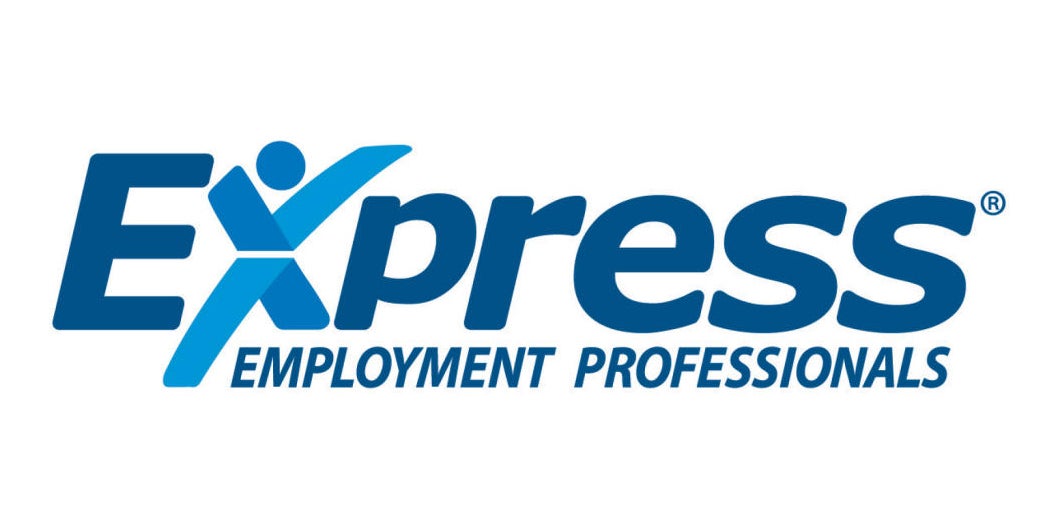Help maintain needed 50-foot channel
Published 12:03 am Wednesday, March 2, 2016
The Mighty Mississippi is, in my opinion, the nation’s greatest natural resource … when properly managed.
Sean Duffy, executive director of Big River Coalition, has done an excellent job of creating awareness of the river’s grave situation, but it’s time the rest of us get serious about maintaining the channel at a proper depth. High water this winter and depth restrictions have once again brought to the forefront the importance of having a 50-foot channel.
As a matter of fact, as of Jan. 30, the Associated Branch Pilots of the Port of New Orleans announced the maximum draft recommendation for all vessels transiting Southwest Pass (SWP) is reduced to 41 feet. The Associated Federal Pilots and Docking Masters of Louisiana placed the same restriction as of Feb. 4 due to continued shoaling in SWP.
Currently, there are two hopper dredges in place near the mouth of the Mississippi River: one at Head of Passes; the other, two to three miles above Head of Passes (Cubit’s Gap). The U.S. Corps of Engineers (USACE) is desperately trying to secure or free up dredges to respond to the crisis in SWP.
The USACE was slated to begin dredging in the area of SWP in late February while two other dredge contracts, one for a hopper dredge and one for a cutterhead dredge, are in the process of being awarded. Industry cutterhead dredges G.D. MORGAN and E.W. ELLEFSEN and industry hopper dredge B.E. LINDHOLM should all be in place at SWP at the time of this publication.
Seaports deliver vital goods, provide essential services, create critical jobs and support local and national economic growth. United States’ seaports generate nearly $4.6 trillion in total economic activity and more than $321 billion in federal, state and local taxes, an amazing return on the roughly $2 billion annual Federal appropriations for navigation channel construction and maintenance.
International trade accounts for more than a quarter of the nation’s GDP, allowing America’s seaports to support 13 million high-paying jobs. According to a Mississippi River deepening feasibility study, being conducted and underway by the U.S. Army Corps of Engineers, a deeper river would create $11.5 billion in benefits from lower export/import costs and create 16,911 jobs with $849.5 million in income for American workers.
The five Louisiana deepwater ports — Port of South Louisiana, Port of New Orleans, Port of Baton Rouge, St. Bernard Port, Harbor & Terminal District and Plaquemines Port, Harbor and Terminal District — comprise one of the largest port complexes in the world.
In order to remain competitive in the world economy once the Panama Canal deepening project is complete, we must maintain a 45-foot channel depth and, ultimately, dredge to 50 feet or more. It is vital to the local, state and U.S. economy.
Thanks to Louisiana U.S. Congressmen Garret Graves and Cedric Richmond and Department of Transportation Chairman Bill Shuster, the message seems to finally be getting out. However, we have to be certain that the message reaches the entire membership of the U.S. House and Senate.
We must continue to increase awareness that the U.S. Army Corps of Engineers needs more dredges and more funding.
If you are reading this, I would like to ask you to contact as many members of Congress as possible, not just the members of the Louisiana delegation; they are the ones leading this battle on Capitol Hill. Express to them the importance of maintaining a 50-foot channel in the Mississippi River.
Explain to them that, as is with so many of our state’s natural resources, maintaining a 50-foot channel is vital not only to Louisiana, but also to our country.
Paul Aucoin is executive director of the Port of South Louisiana. For more information, call 985-652-9278.




